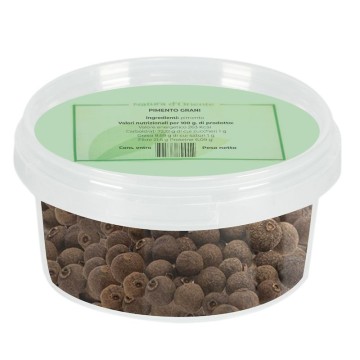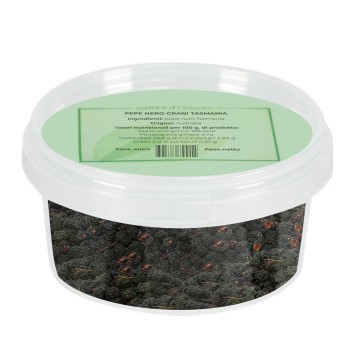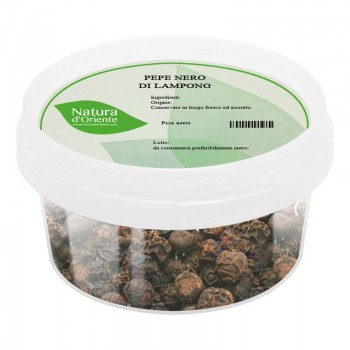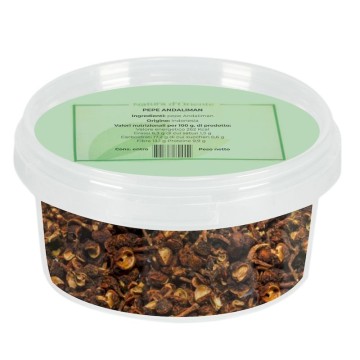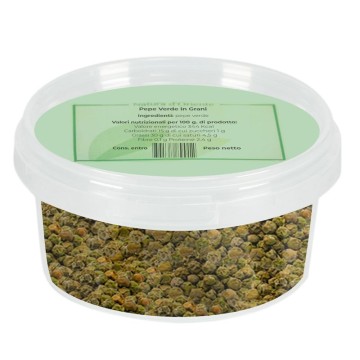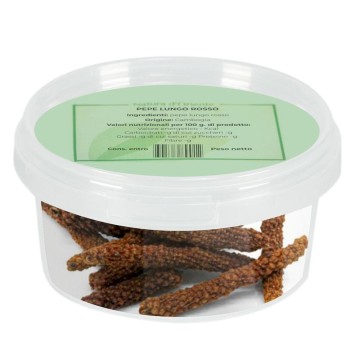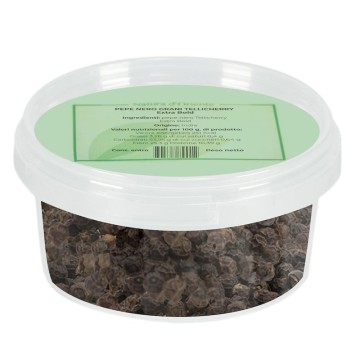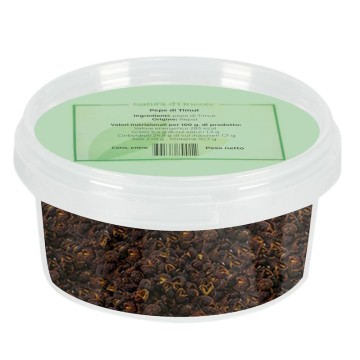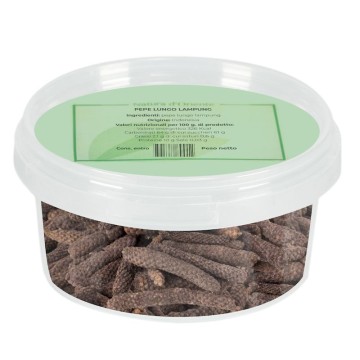This four-color mix is made up of the three varieties of pepper (black, white and green) obtained from the piper nigrum plant and the most famous false pepper, pink pepper, which adds a touch of delicacy and aroma to the mix.
The plants and the fruit
As anticipated in the introduction, the four spices that make up the mix are the fruits of two different plants: black, green and white pepper come from piper nigrum, a plant of the Piperaceae family native to Asia. It is a creeper, a woody liana that normally grows up to four meters by climbing the trunk of other plants. The fruit, a berry containing a single seed, is spherical in shape and reaches a size of 5 mm. Pink pepper, on the other hand, although the grains look very similar to those of pepper, is a totally different matter, it is in fact the fruit of Schinus molle, which is an evergreen tree, belongs to another botanical family, that of Anacardiaceae and is native to South America, in particular the highlands of Bolivia, Peru, Chile. The tree has branches that hang down to the ground that resemble those of the willow so much so that it is also appreciated as an ornamental plant. The fruits are berries collected in bunches that are harvested when fully ripe when they take on a deep pink color.
How to process the four peppers
As regards the three real peppers that come from the same fruit, it is clear that the difference lies in the treatment of the fruit and when it is harvested. Very briefly: black pepper and green pepper from the fruit harvested when not yet ripe, white pepper from the ripe fruit. Black pepper: briefly cooked in hot water for cleaning and also to promote darkening during the subsequent drying process (traditionally carried out in the sun but today also with machinery). Green pepper: on the contrary, it undergoes a preservative treatment of the natural color of the unripe fruit, among the methods the treatment with sulfur dioxide and the preservation in vacuum cans or in vinegar or in brine. White pepper: the ripe fruit has a red color, but in fact the white pepper is only the seed, the berry harvested when ripe is put in water for a week to decompose, then the pulp remains are washed away and the seed is put to dry. Today this elimination of the pulp is also carried out with other more technological methods. As for pink pepper, the fruits of the schinus molle harvested when fully ripe are put to dry in the sun and then preserved in order to preserve their aroma.
Organoleptic characteristics
Pink pepper, although coming from a completely different plant, has a flavor not very distant from that of pepper but is decidedly more aromatic and has a fruity note. White pepper is not very spicy and aromatic, remember in fact that the spiciness is due to piperine which is contained mainly in the peel and also in the pulp, while white pepper as we have seen is only the seed. Black pepper is definitely the strongest, there are various qualities and the most appreciated is Tellicherry which has large grains, marked spiciness and a warm and strong aroma. Green pepper is distinguished from the other two peppers by its herbaceous notes, it has a fresh and aromatic flavor, given the way in which it is produced its aroma is more labile so it is better to consume it in grains or freshly ground. Here's an idea on how to use it in a very simple vegan recipe:
Tofu with sesame seeds and pepper melange
Ingredients:
Tofu 200gr
Sesame 50gr
Soy sauce 2 tablespoons
Pepper melange
Extra virgin olive oil
Preparation
1) Put the tofu cut into cubes and the sesame seeds in a large pan together with the extra virgin olive oil.
2) Sauté for a few minutes.
3) Add the soy sauce.
4) Leave to flavor and finally sprinkle everything with the pepper crushed in the mortar.
Source recipe:Pampel-muse.blogspot.com


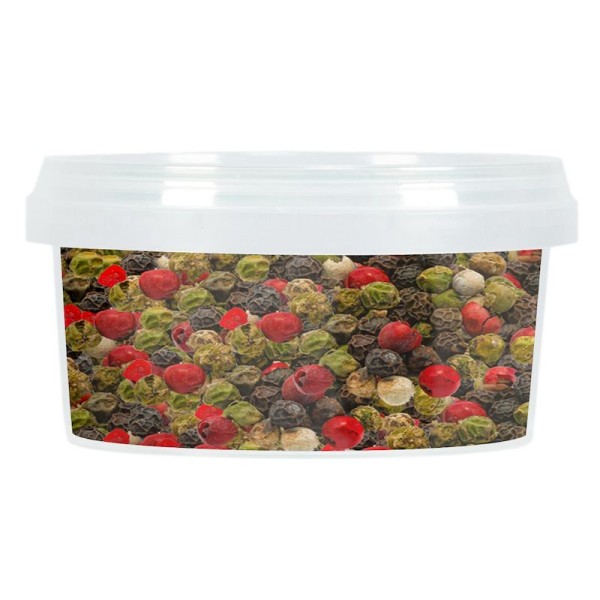






 No reward points for this product.
No reward points for this product.

